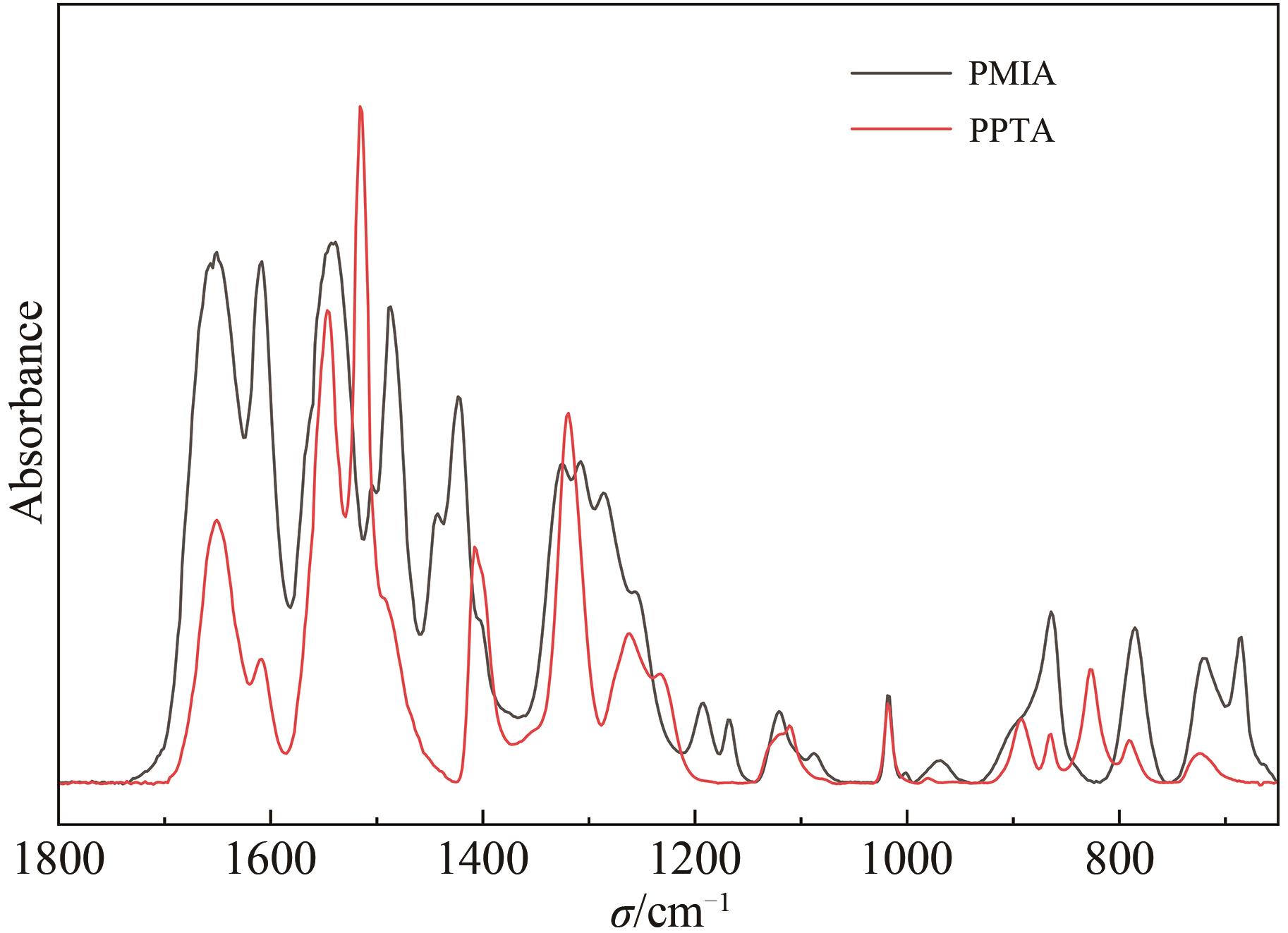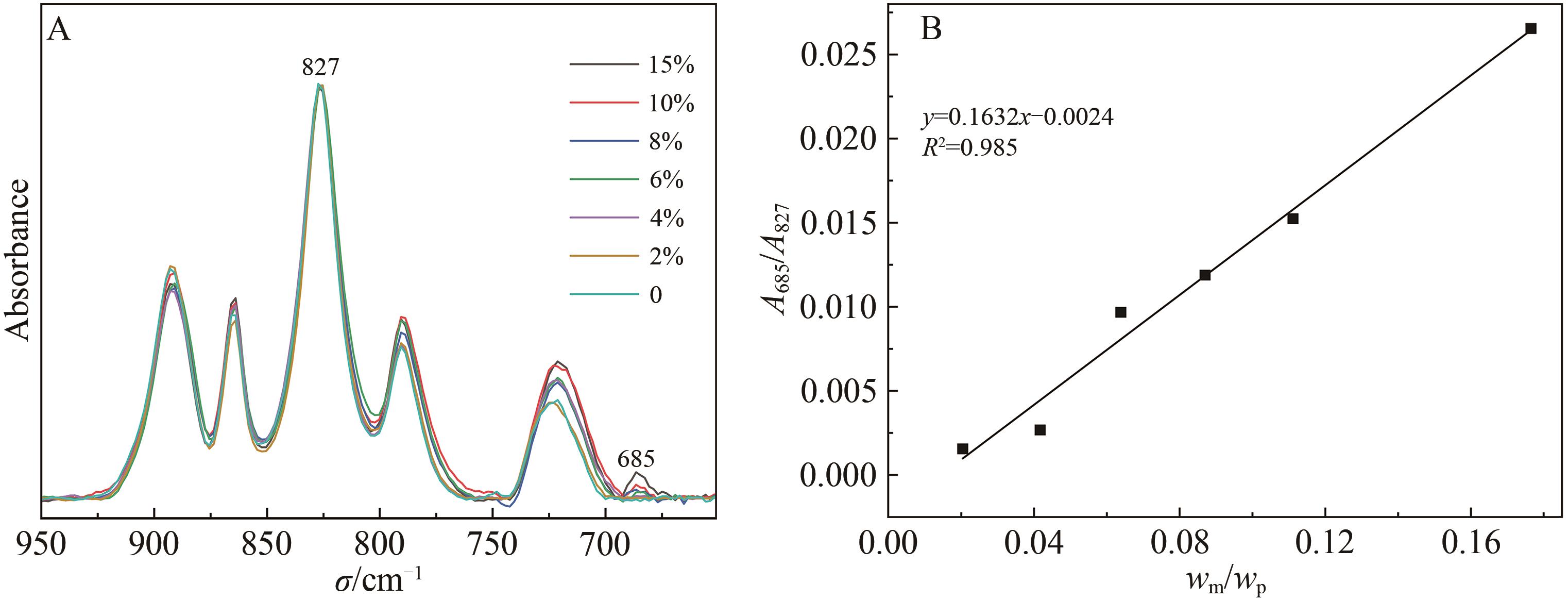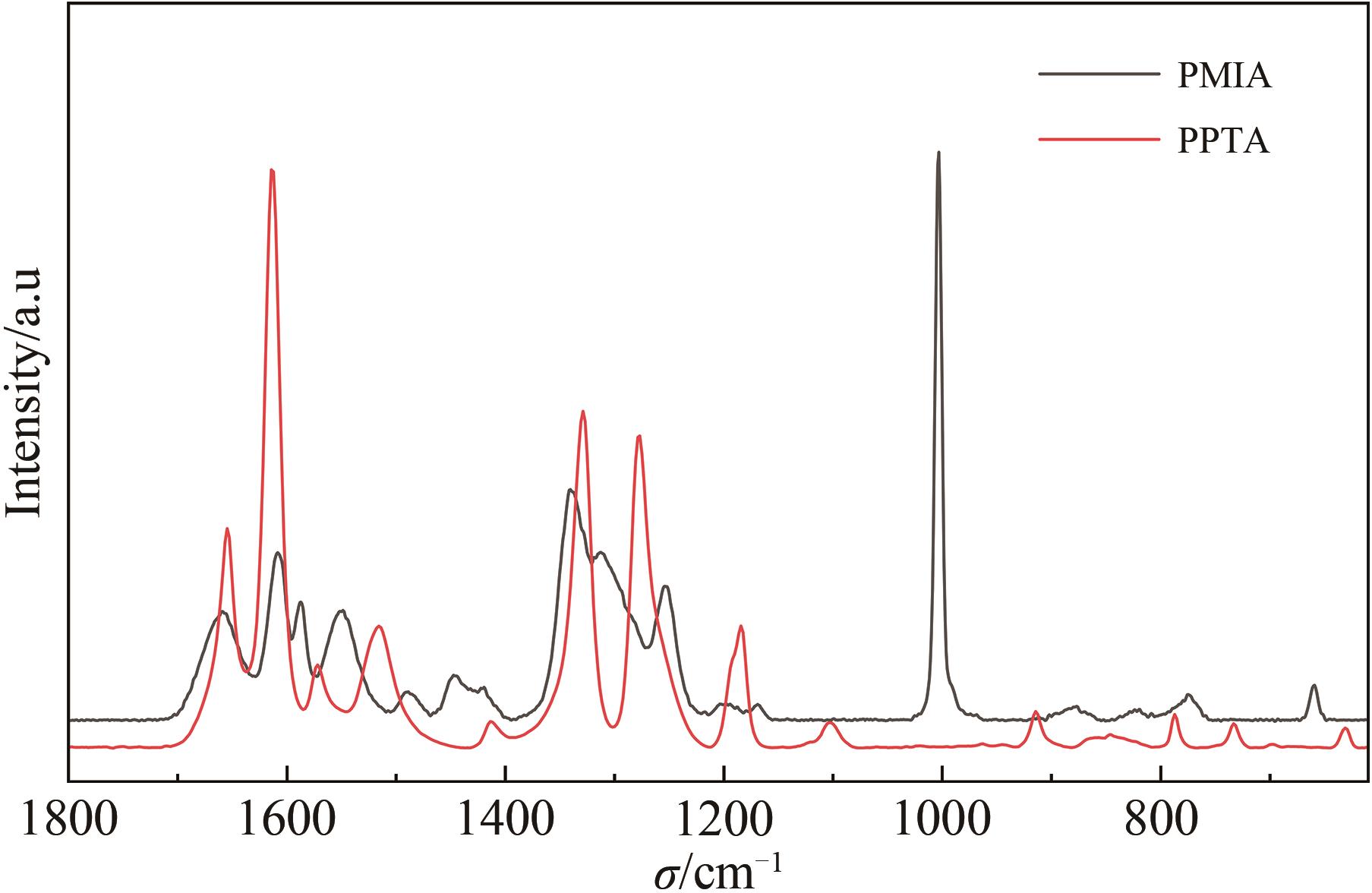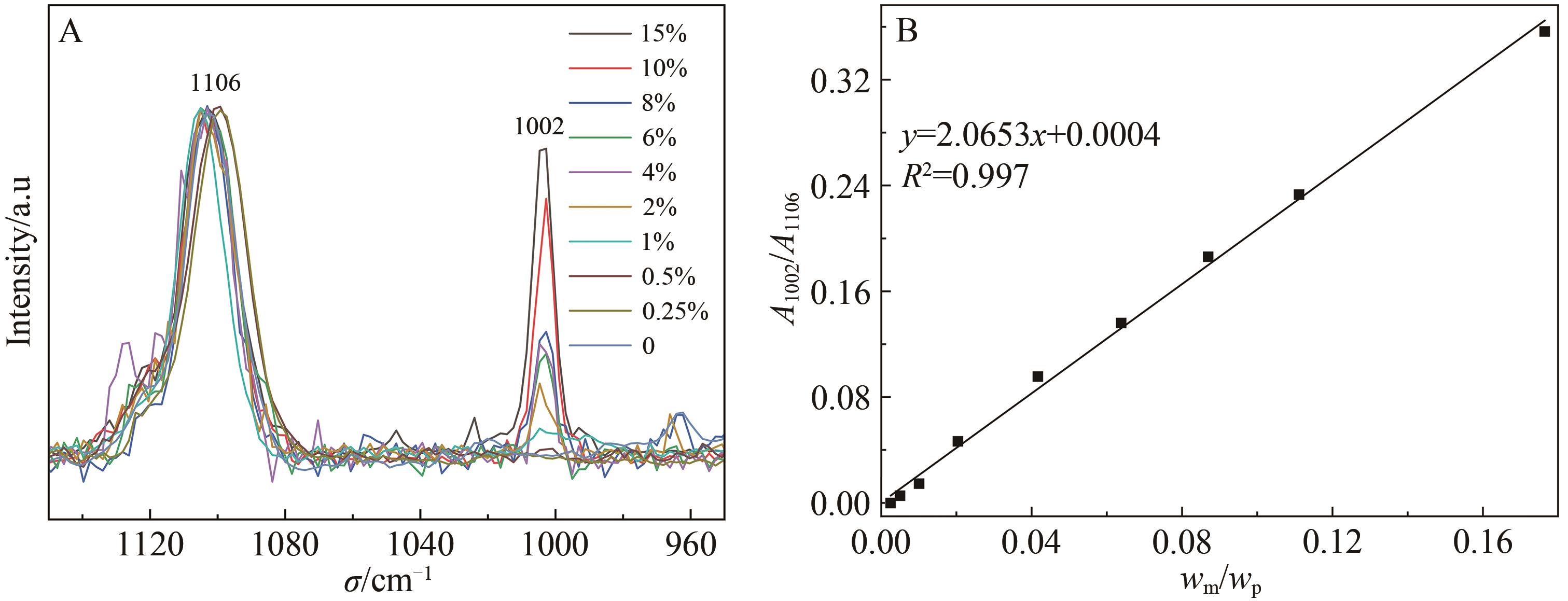| [1] |
Jia-Huan PEI, Xiao-Hua QI, Ming-Qiang ZOU, Yong JIN, De-Ying WANG, Yun-Jing LUO.
Advances in Surface-Enhanced Raman Spectroscopy for the Detection of Veterinary Drug Residues in Foods of Animal Origin
[J]. Chinese Journal of Applied Chemistry, 2024, 41(4): 459-471.
|
| [2] |
Cheng-Yuan LIU, Jiang-Yu YU, Feng-Cui LI, Zhi-Wei LIU.
Research Progress of Raman Spectroscopy Technique in Energy Storage Mechanism of Rechargeable Aluminum-Ion Batteries
[J]. Chinese Journal of Applied Chemistry, 2023, 40(10): 1347-1358.
|
| [3] |
Quan-Xing ZHENG, Qiao-Ling LI, Ke ZHANG, Pei-Chen ZHOU, Jiang-Sheng LIU, Xiu-Cai LIU, Chao-Zhang HUANG, Bin LI, Han-Chun XU, Hong-Qiao LAN, Jia-Zeng LIU, Peng-Fei MA, Wei XIE, Xiao-Dong YI.
Pyrolysis Process of Plant Fibers
[J]. Chinese Journal of Applied Chemistry, 2022, 39(7): 1073-1082.
|
| [4] |
Hui-Bing TAO, Zhen TIAN, Yong XIE, Yu SUN, Li WANG, Zhuo KANG, Yue ZHANG.
Progress of In situ Raman Study on the Dynamic Structure Performance Correlation of Water Splitting Catalysts
[J]. Chinese Journal of Applied Chemistry, 2022, 39(4): 528-539.
|
| [5] |
Shuang WU, De-Yang ZHAO, Sheng-Han WU, Li-Gang WEI, Na LIU, Qing-Da AN.
Insights into the Dissolution of Lignin Model Phenolic Monomer in 1‑Butyl‑3‑methylimidazolium Methanesulfonate Aqueous Solutions Using Two‑Dimensional Correlation Infrared Spectroscopy
[J]. Chinese Journal of Applied Chemistry, 2022, 39(10): 1600-1609.
|
| [6] |
ZHANG Meng, CHEN Dong-Zhen, REN Yan-Wei, NING Pan.
Sensing Interface Based on Nanoislandlike Sliver Film@Gold Nanotip for Surface Enhanced Raman Scattering Analysis of Dopamine
[J]. Chinese Journal of Applied Chemistry, 2021, 38(7): 866-873.
|
| [7] |
ZHANG Chun-Hui, LIU Xi-Jing, ZHANG Rong , TU Ya.
Infrared Spectrum about the Different Extracts of Fructus Piperis Longi
[J]. Chinese Journal of Applied Chemistry, 2021, 38(3): 271-275.
|
| [8] |
ZHU Yuezhou,ZHANG Yuejiao,LI Jianfeng,REN Bin,TIAN Zhongqun.
Surface-Enhanced Raman Spectroscopy: Applications and Perspectives
[J]. Chinese Journal of Applied Chemistry, 2018, 35(9): 984-992.
|
| [9] |
LI Zhanguo, FAN Sida, ZHANG Liang, ZHANG Peipei, SUN Lijing, YIN Li, ZHANG Jidong, WANG Lijuan.
Preparation of Large-size Graphene Oxide Films Based on Iron(Ⅲ) Chloride Catalysis
[J]. Chinese Journal of Applied Chemistry, 2018, 35(2): 232-238.
|
| [10] |
YAN Zhaodong,LI Yang,ZHANG Tao,LIU Zhicheng,LIU Yaqing.
Gold Nanorod-loaded Electrospun Fibers:Preparation and Surface-enhanced Raman Spectroscopy Performance
[J]. Chinese Journal of Applied Chemistry, 2017, 34(5): 519-526.
|
| [11] |
LIU Yu1, ZHANG Tianlong1, WANG Bozhou2, GE Zhongxue2, LI Hua1*.
Mechanistic Synthesis of 3-Amino-4-amino-oxime Furazan Using Multivariate Curve Resolution Combined with On-line Infrared Spectroscopy
[J]. Chinese Journal of Applied Chemistry, 2012, 29(09): 1075-1081.
|
| [12] |
LI Xiaoli1,2, LIU Baofeng2, XIE Wenbing2, DENG Jiancheng1*, XU Jingwei2.
The Contrastive Analysis of Puffballs Produced from Inner Mongolia and Jilin
[J]. Chinese Journal of Applied Chemistry, 2012, 29(04): 477-482.
|
| [13] |
Yuan Yuzhen, Jing Xiabin, Jiang Bingzheng.
Annealing Effect in Polyethylene Single Crystals
[J]. Chinese Journal of Applied Chemistry, 1997, 0(3): 24-28.
|
| [14] |
Guo Ning.
Raman Spectra of Layer Structure Complexes[n-CnH2n+1NH3]2ZnBr4
[J]. Chinese Journal of Applied Chemistry, 1995, 0(1): 47-50.
|
| [15] |
Guo Ning, Wang Wei.
Infrared Spectroscopic Study of Mechanism of Phase Transition in Dodecylammonium Tetrachlorozincate
[J]. Chinese Journal of Applied Chemistry, 1994, 0(4): 25-30.
|

 )
)



